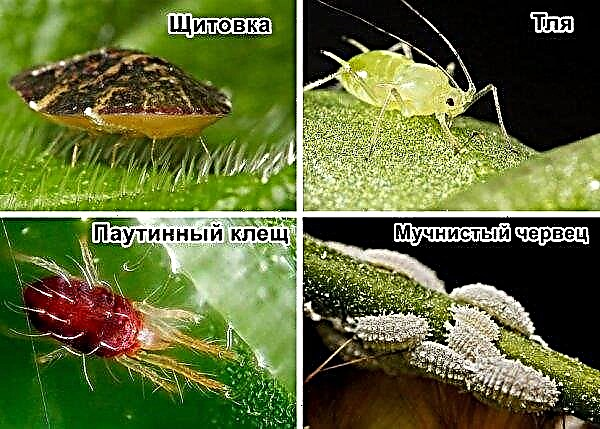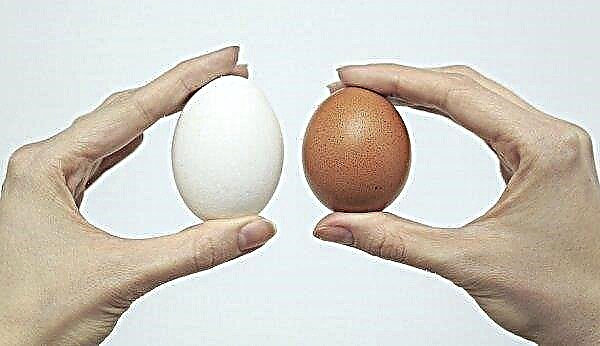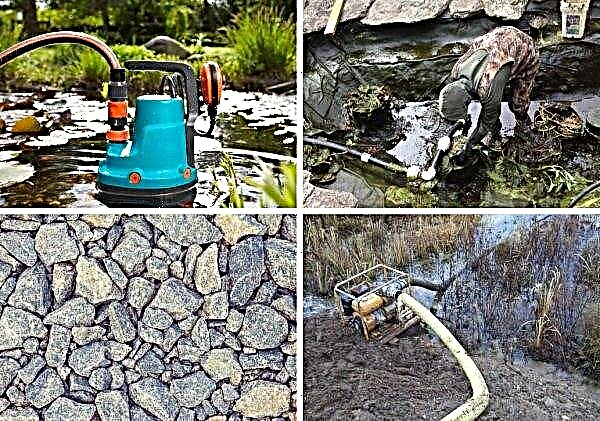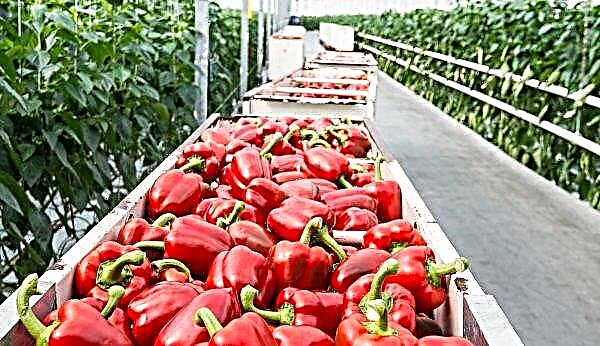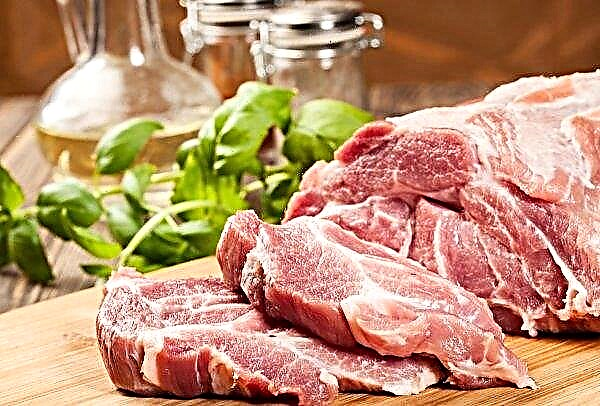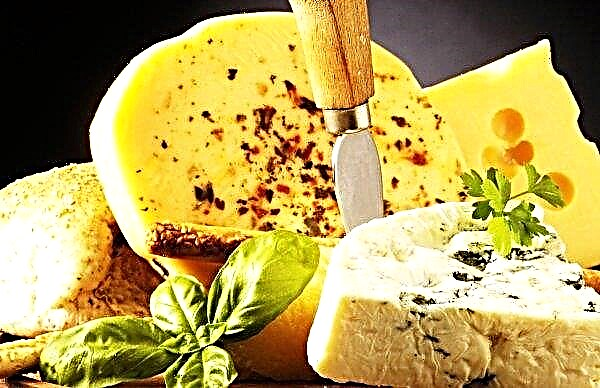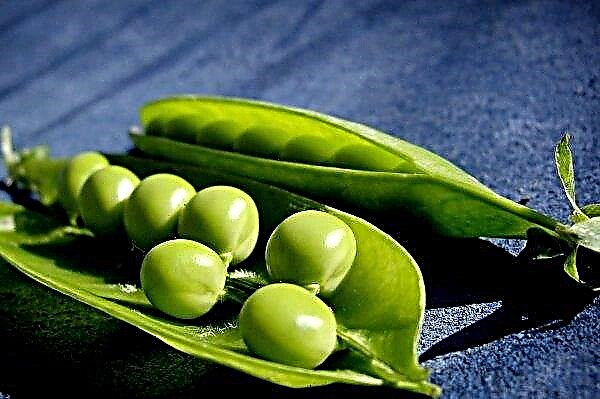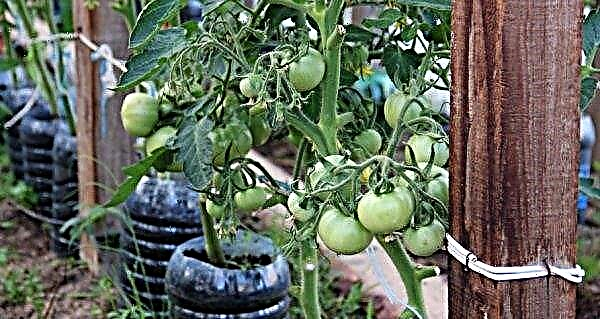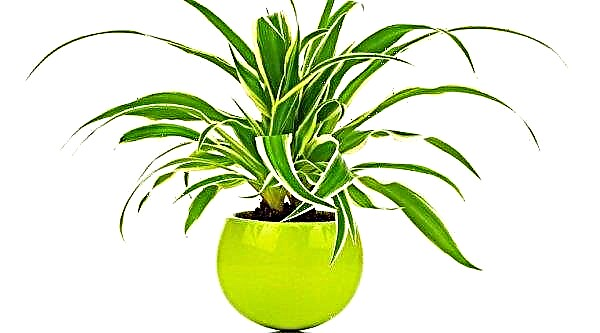Lukhovitsky cucumbers are a set of varieties grown in the same region since pre-revolutionary times. The review is devoted to how these varieties differ from others and how they are grown.
Description and general description
The history of this agro-cultural phenomenon is somewhat unusual. As in all areas of pre-revolutionary Russia, peasants were engaged in agriculture. And once someone noticed that cucumbers are the best vegetables in the area. Gradually, varieties giving the optimum yield stood out, and technologies for their cultivation were developed.
The group of Lukhovitsky varieties includes:
- Lukhovitsky;
- Murom;
- Vyaznikovsky;
- Adam;
- Mirinda;
- Solinas;
- Elegant;
- Libella
The main features of the climatic conditions of the region are increased humidity and moderate air temperature. For more than 100 years since the beginning of the cultivation of cucumbers, the collection was replenished with new Dutch varieties that improved the group, adding resistance to modern diseases (powdery mildew) and improving taste characteristics. Features Lukhovitsky varieties:
Features Lukhovitsky varieties:
- small size (5-7 cm);
- average weight 90–100 g;
- elliptical shape;
- pimpled peel;
- good density, crispness;
- rich taste;
- strong cucumber smell;
- frost resistance.
Did you know? In English-speaking countries there is the expression "cool as a cucumber." The comparison reflects the ability of a vegetable to lower blood temperature. Therefore, it is recommended to use it in face masks to reduce swelling.
Advantages and disadvantages
- Advantages of this group:
- high productivity;
- good taste characteristics;
- the same size, convenient for canning;
- high density, providing good transportability and durability;
- lack of bitterness, which makes them ideal for both natural consumption and winter harvesting;
- early and friendly ripening;
- the possibility of growing in greenhouses and in open ground;
- disease resistance.
 Most varieties that are included in the group are represented by hybrid forms. They are adapted to the modern climatic conditions of the temperate region and give a good harvest of delicious crispy fruits.
Most varieties that are included in the group are represented by hybrid forms. They are adapted to the modern climatic conditions of the temperate region and give a good harvest of delicious crispy fruits.The disadvantages, or rather, the features of the group are that the varieties are well adapted to specific climatic conditions. And in order to get a high crop, it is necessary to recreate the conditions in which Lukhovitsky cucumbers should grow.
Optimal landing times
Cucumbers are a seasonal crop that does not tolerate frost. In a temperate climate with a long growing season, they can be planted in open ground from April to June. For this, the air temperature should be set at + 18 ° C.
To warm the soil and prevent freezing of the root system, the bed can be covered with black plastic, which increases the temperature of the soil by 10 degrees.
Cucumber seeds are sown on seedlings in March or April.
Planting time in the greenhouse:
- March - April for indoor heated greenhouses;
- April - May for unheated buildings.
Did you know? If you want to relieve stress, place the chopped cucumber in boiling water. The fruit will secrete volatile, which can create a relaxing and calming effect. Inhale the vapor for 15 minutes to achieve a better result.
Growing seedlings for the southern regions may begin in late February.
How to plant and grow
Novice farmers often think about the best way to grow cucumbers: in open ground or in a greenhouse. Lukhovitsky varieties are well adapted for growing in open ground. But each method has its advantages and disadvantages.
It is worth considering that the greenhouse is a place with artificial processes, which are characterized by the accelerated development of the plant and the intensive use of chemicals.
But the greenhouse method of cultivation is able to increase productivity by 4 times, improve product quality, create more opportunities for controlling the microclimate, make the farmer independent of external weather factors, and also increase the growing season. You can also minimize the risk of pest infection.
Ground cultivation is perceived as more environmentally friendly and natural. But most often it is used in the absence of stationary greenhouses. Most modern hybrid varieties (labeled F1) are grown in any of the ways. Therefore, you can always choose the method that is most suitable for you.
Did you know? Cucumbers prefer to grow at night at temperatures above +15°C. At a lower temperature, they suspend development and do not form ovaries. With prolonged maintenance of adverse conditions, the plant will die.
Seed directly into the ground
Choose a sunny area protected from strong winds. Since cucumbers cannot tolerate cold, the plot should be covered with trees or buildings from the north side. Landing is carried out in warm, well-drained, humus-rich soil. If your area has clay soils, then sand, peat or compost is applied to the bed to make it looser. Sandy soil is considered optimal for cucumbers due to improved warming. Mix compost or rotted manure with soil before planting and bring it to a depth of 5-10 cm.
If your area has clay soils, then sand, peat or compost is applied to the bed to make it looser. Sandy soil is considered optimal for cucumbers due to improved warming. Mix compost or rotted manure with soil before planting and bring it to a depth of 5-10 cm.
So that the soil is evenly mixed, mix the soil with compost in a separate container and lay it back.
In a greenhouse format, the soil is drained and fertilized by laying several layers: the first is straw or sawdust, which serve as a kind of drainage, then lay a layer of compost, and then the main soil in which cucumbers grow. The thickness of each layer is 9-10 cm.
You need to plant the seeds so that between the individual plants there is a distance of at least 90 cm. For strong-growing cucumbers, a trellis is used, to which the vine will be attached. There are also bushy undersized forms. They are more compact and the distance between them should be at least 70 cm.
Planting is carried out in moist soil, and then maintain constant humidity and do not allow the soil to dry out.
When the vine grows to a length of 0.7 m, it is tied. For tall bushes, pinching the top is used. This limits the growth of the main stem, stimulates the development of lateral shoots and fruiting.
Important! If seedlings are not planted in open ground, but seedlings, then the crop will ripen 2 weeks earlier.
Growing seedlings
Seeds for seedlings are planted 3-4 weeks before planting in the ground. Cucumbers grow very quickly, and overgrown seedlings do not take root well. Therefore, they are not planted before. There should be a lot of organic matter in good soil. You can use equal proportions of compost, ordinary soil, to plant plants. Seed treatment before planting includes calibration and disinfection. Select large, full seeds with a flat surface. Place them in a solution of sodium chloride (3%) for disinfection for 10 minutes. You can also use a growth stimulator.
Seed treatment before planting includes calibration and disinfection. Select large, full seeds with a flat surface. Place them in a solution of sodium chloride (3%) for disinfection for 10 minutes. You can also use a growth stimulator.
This is a drug that will improve seed germination, provide them with initial protection against bacteria and enhance the uniformity of development of your seedlings. The most commonly used growth stimulants are Baikal-EM1, Energen, Zircon.
Planted seeds in peat tablets. Its composition is pressed peat. When wet, the tablet increases in volume and creates the conditions for seed germination. In each tablet, you can plant 1 seed. Place prepared seed tablets in a plastic container and cover with foil.
This creates a greenhouse effect that accelerates seed germination. The first shoots appear in 7-10 days.
Important! Do not allow direct sunlight to seedlings. Seedlings can burn out from the hot sun.
As soon as the cucumbers sprout, provide them with a daylight duration of 10-12 hours, air temperature + 20 ° C and humidity 55-60%. Lighting should be uniform, otherwise the plants will stretch toward the light source. Planting seedlings in open ground is carried out 3-4 weeks after germination.
Try not to damage the roots when transplanting.
Cucumber care after planting
Proper plant care will provide you with a crisp, fragrant crop. Landing care will consist of:
Landing care will consist of:
- tillage;
- glaze;
- fertilizer application;
- pest and disease control.
Sometimes there are cucumbers with a bitter taste. It occurs due to uneven humidity, extremely high or low temperatures. Minimize these problems and your crop will taste great.
Watering and fertilizing
For high-quality fruits, continuous water supply is needed. The drip irrigation system is ideal for cucumbers. If it is not possible to install such a system, then deep watering is carried out once a week, soaking the soil to a depth of 7 cm. Frequent, but shallow watering reduces the overall yield.
To determine whether to water the cucumbers - put your finger in the ground. If it is dry until the first phalanx, then it is time for watering.
Basic rules for irrigation of cucumbers:
- watering is necessary so that moisture does not fall on the trunk and leaves;
- water should flow slowly;
- morning watering is preferable to evening watering;
- irrigation should be regular so that cucumbers are not bitter;
- to retain moisture - cover the roots with mulch.
 For plants that are well fertilized during planting, further fertilizer may not be needed throughout the season. If the bushes are powerful, with a strong trunk and a large number of ovaries, then they need not be fertilized.
For plants that are well fertilized during planting, further fertilizer may not be needed throughout the season. If the bushes are powerful, with a strong trunk and a large number of ovaries, then they need not be fertilized.If compost is not made during planting, then fertilize the plants every 2 weeks before harvesting. Cucumbers need a mixture with a low nitrogen and high content of potassium and phosphorus.
Did you know? The length of the longest cucumber is 107 cm. It was grown by Ian Neal from Wales and presented at an exhibition in Somerset (UK) on September 26, 2011.
Garter and bush formation
The formation of cucumber vines occurs in one stalk around the support or with support on the trellis. As soon as the plant reaches a height of 0.7 m, it must be tied up. You can wrap the vine around the support, or simply tie it to the soft ribbon.
Strongly growing bushes form many stepsons. Therefore, pinch the lateral shoots. Divide the plant into 3 conventional parts. In the upper part from the lateral shoots, 3 leaves and ovaries are left, in the middle - 2 leaves and ovaries, in the lower - 1 sheet with ovaries.
This measure enhances fruit formation and allows the plant to distribute nutrients to the fruits, not the leaves. Thus, you get a green stem curling around a support with fruits and a small amount of foliage. When the plant reaches a height of 1 m, pinch the top to limit growth. And they carry out another garter.
Soil care
Agrotechnical methods of soil care include:
- weeding;
- loosening;
- mulching.
The day after watering, the soil is loosened to provide aeration of the soil and removal of weeds. Small weeds can be removed manually using a garden hoe or other garden tools. Loosening undermines the roots of weeds and inhibits their development.
Mulching is the coating of soil in the root zone with the help of organic or inorganic materials.
Mulch simplifies the process of caring for cucumbers, as it:
- protects soil from quick drying;
- inhibits weed growth;
- protects cucumbers from pests.
Important! Loosening the soil directly at the roots is impossible. The roots of the cucumber lie at the very surface and will be damaged when loosened.
The mulch layer must be at least 5 cm. Sawdust, shredded foliage, straw, compost, grass are used from organic materials. From inorganic ones - spunbond, film, agrofibre.
Possible difficulties growing cucumbers
The absence of ovaries may be a sign of a lack of potassium (with weak, yellowing leaves), an excess of nitrogen (with abundant greens) or a pollination problem. Varieties that form male and female flowers in the absence of wind and insects cannot self-pollinate.
You can help them if you can pollinate a female flower growing on the side shoots with a male flower growing on a stalk.
Aphids are the main pest of cucumbers. Spray the plants with a solution of insecticidal soap. Or spray with a broad spectrum insecticide that will affect most sucking insects. Use the product according to the instructions on the package.
A common bacterial disease is gray rot. Occurs if wet, warm weather is established. It manifests itself in the form of mold spots on fruits and leaves. The affected parts of the cucumbers are cut and destroyed, and the plants are treated with fungicides. This may be Fitosporin-M or another drug of the same group.
Harvesting, storage and use
The yield of Lukhovitsky varieties is 6-7 kg from one bush.
Harvest begins to be harvested for salads and daily use, when the fruits reach a length of 15–20 cm. For pickling, cucumbers are harvested at a length of 10 cm. This happens 50–70 days after planting seedlings in the ground at a constant place. It is advisable to pick fruits daily. This will stimulate further fruiting.
It is advisable to pick fruits daily. This will stimulate further fruiting.
A good quality cucumber is a crispy fruit with a strong cucumber flavor and lack of bitterness. Cut them with garden shears, cutting off the stem just above the fruit. If the harvested crop needs to be stored for some time - wrap the cucumbers in a plastic film and put in the refrigerator.
It is not difficult to cultivate Lukhovitsky cucumbers. The main thing is to properly plant seedlings, conduct regular watering and maintain plants in a healthy state.

